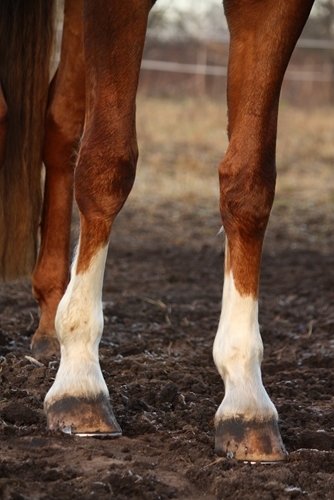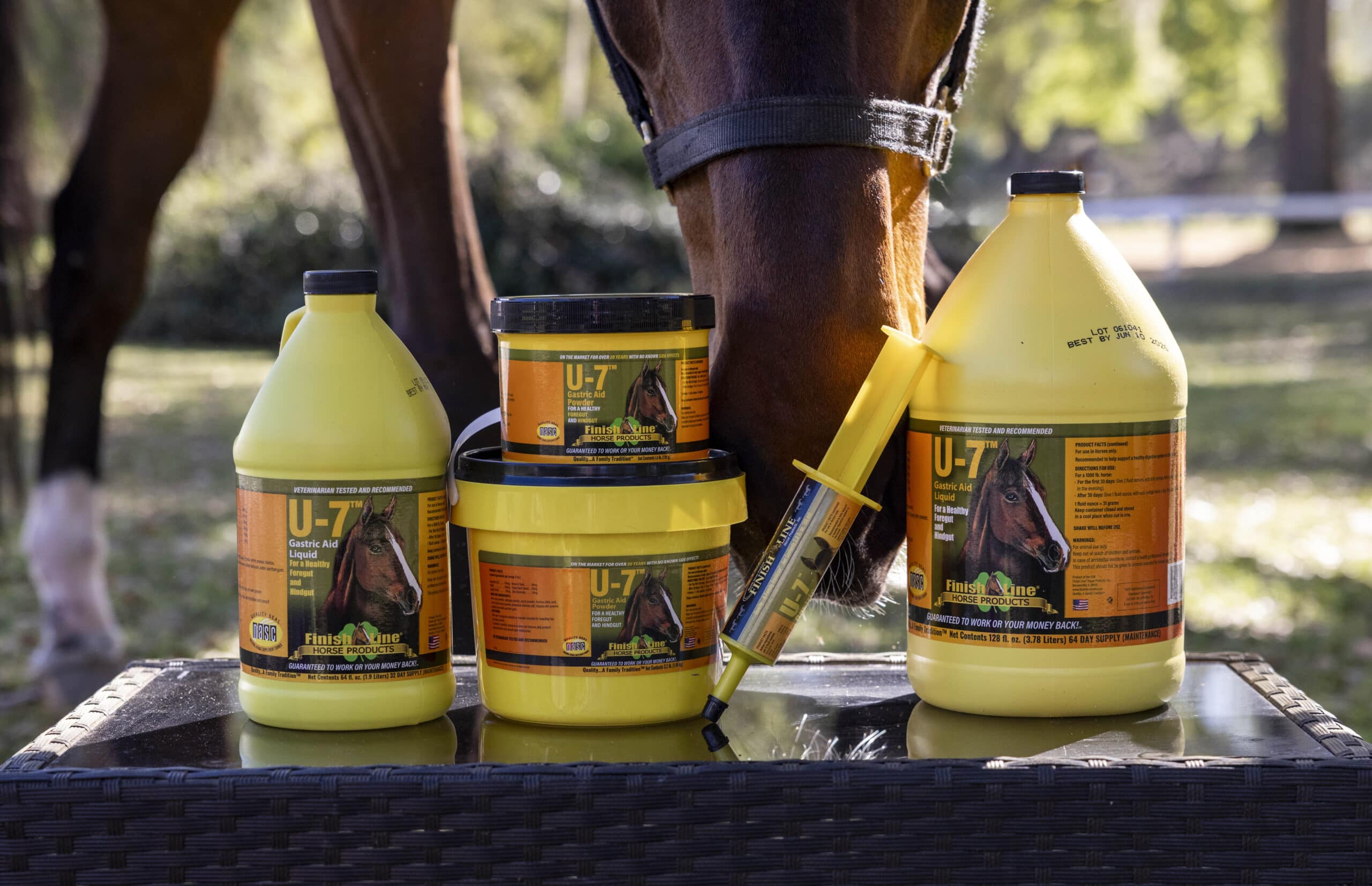Later in the year, springtime might come with warm weather and balmy breezes, but it also can lead to skin problems such as scratches. Scratches goes by many names, including pastern dermatitis, greasy heel, dew poisoning and mud fever, and it’s a relatively common skin disease that occurs on the heels and back of the pastern.
What are scratches?
Medically speaking, scratches is a form of chronic dermatitis characterized by hypertrophy and the oozing surface of the pastern and fetlock. It is often connected to poor stable hygiene, though the specific cause is not known. The condition can cause pain and negatively affect racing horses and performance horses of all types.
What causes this condition?
While bacteria and fungi are usually involved, repeated wetting and drying of the skin in this area appears to exacerbate the condition. In the beginning, the heels and pastern may be reddened and warm, and ooze a small amount of yellowish, watery liquid (serum). As the condition advances, there may be hair loss, scabs of serum form. The area also becomes thickened. The worst case scenario is that the condition can cause the horse to become lame.
Other causes
Some other causes of scratches include contact irritants such as chemically treated bedding, vascular or lymp h-associated disorders, trauma and even photosensitization from UV light. Horses bothered by insects may experience more trouble with this condition, as parasites including Chorioptes mites are known to infect the animal’s legs.
Which horses are at risk?
Equine experts have noted that horses with light-colored legs or white socks, or those that live in excessively muddy or wet environments, are more susceptible to getting scratches.
“Constant moisture can become an irritant as it penetrates delicate skin, causing inflammation, redness, and ulcerations,” Dr. Christie Ward, a specialist in internal medicine at the University of Minnesota Equine Center, told The Horse. “When coupled with muddy or dirty surroundings, it can be an ideal situation for invasion of bacteria and fungi.”
What’s more, heavy horses seem to be more likely to develop the condition, potentially because their feathered legs can trap dirt and moisture.
Signs
The most common signs of scratches are the following:
- Swelling
- Itching
- Flaking
- Redness
- Oozing
- Scaling
- Crusting
- Scabs
- Matted hair
Treating scratches
Mild cases of scratches can be treated with simple cleaning and topical treatment . The first step for this horse care is to remove the horse from the wet or muddy environment. Any treatment given while the affected area remains in contact with damp and dirty conditions will likely not be effective.
Next, cut the hair surrounding the affected area, which will help keep it dry and clean so you can apply medication to the skin. Be sure to clean the area thoroughly using an antibacterial soap such as a Betadine scrub. Healthcare products for horses might be necessary.
Dry the legs with a towel, however, be careful not to apply too much pressure, as this might cause pain for the horse. Then apply topical treatment and wraps if needed.
“In severe cases, or if the leg becomes hot, swollen, and painful, it is a sign that the infection has become more serious,” Ward told the source. “In such cases, it is important to consult with your veterinarian.”






